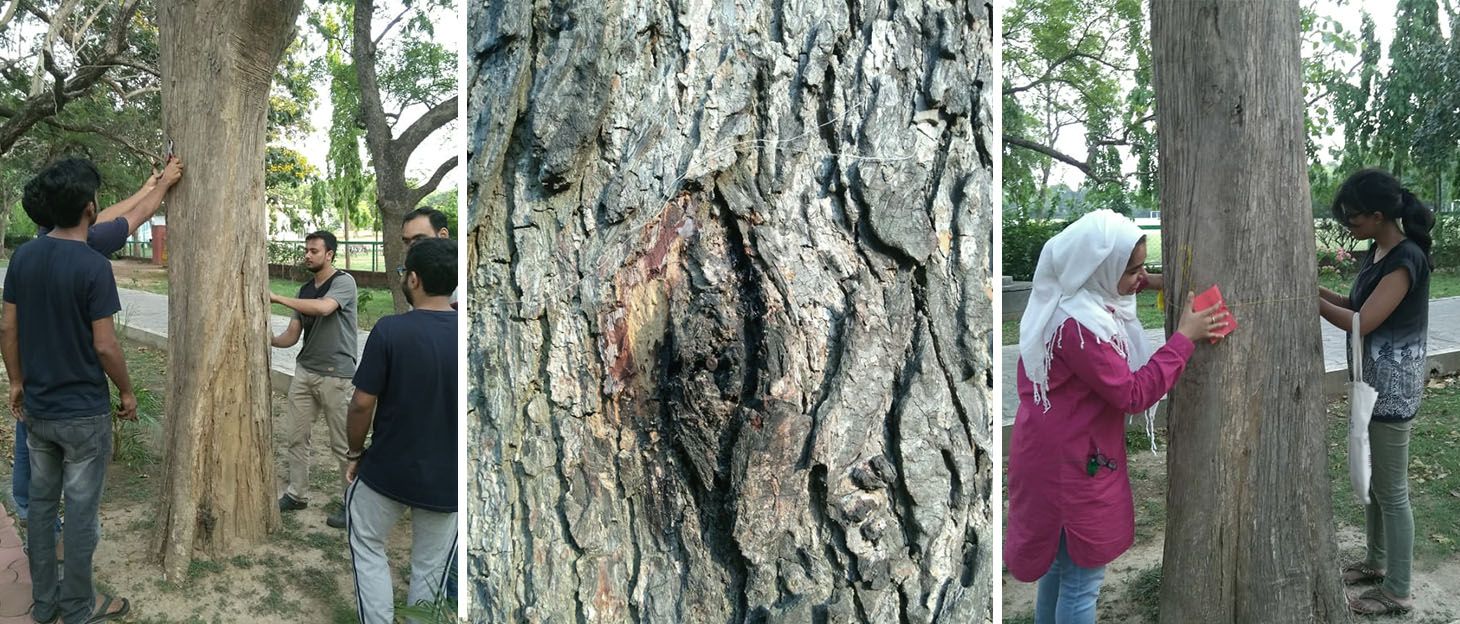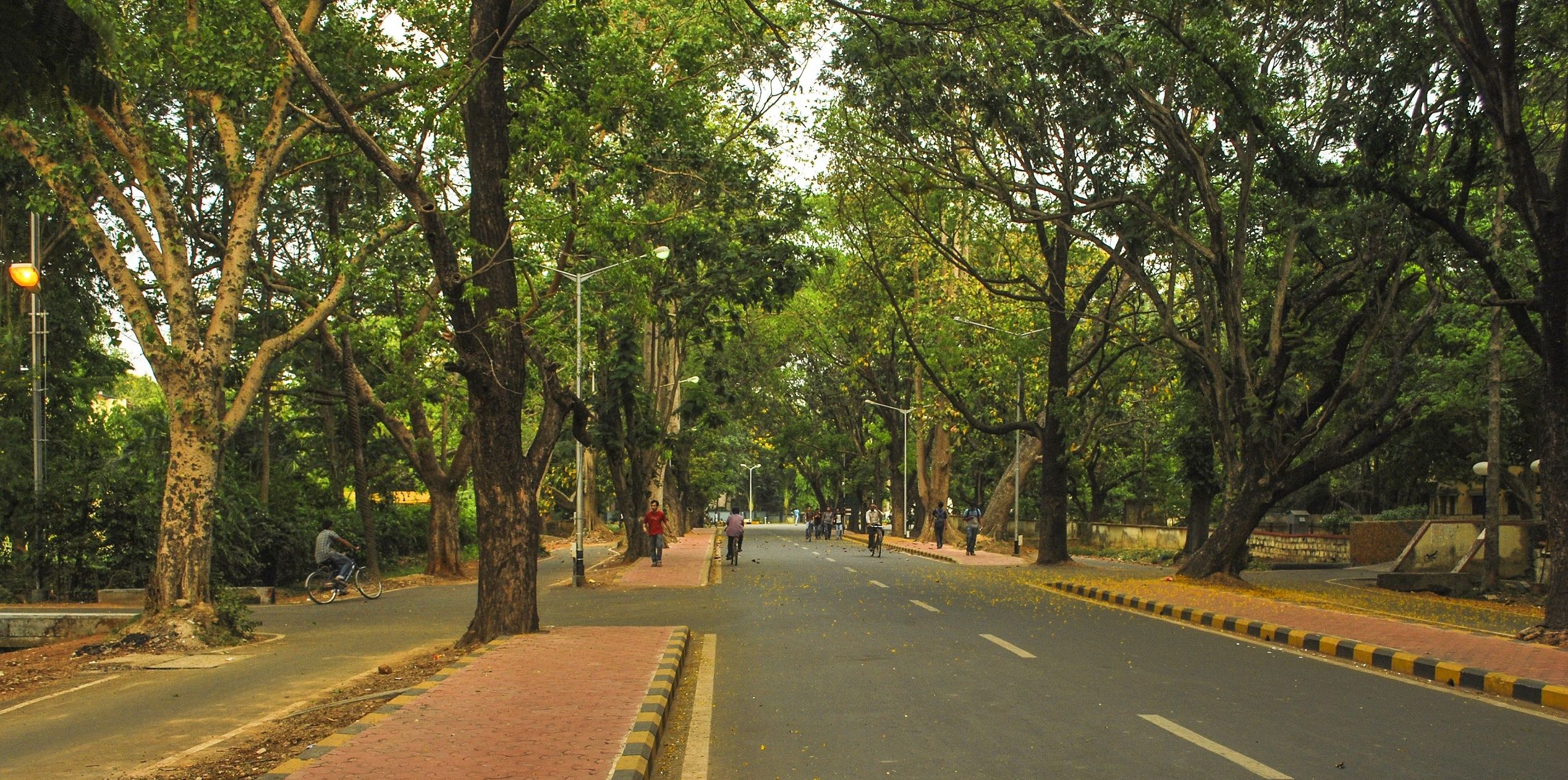
Earth Day on IIT KGP campus
Vision Prabaho, the eco-conservation-cum- awareness forum of IIT Kharagpur, observed Earth Day 2019 with its program for “Un-nailing Trees”. Volunteers of the group went around the campus armed with pliers to pull out nails, brackets, iron rods, wires and screws from tree trunks. This was their attempt to prolong the life span of the trees. Each nail or protrusion hammered into trees interrupt the circulation of water, sugars and other valuable nutrients, thereby damaging them. Not surprisingly, the area surrounding the nails or bits of metal become dark and stop growing. Within an hour, the foreign objects extricated from the…

